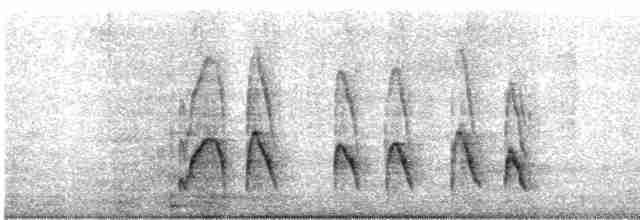Pincoya Storm-Petrel Oceanites pincoyae Scientific name definitions
- DD Data Deficient
- Names (21)
- Monotypic
Fernando Medrano and Heraldo V. Norambuena
Version: 2.0 — Published November 18, 2022
Revision Notes
Revision Notes
Sign in to see your badges
Species names in all available languages
| Language | Common name |
|---|---|
| Afrikaans | Pincoya Stormswael |
| Bulgarian | Чилийска вълнолюбка |
| Catalan | ocell de tempesta pincoya |
| Czech | buřníček potápivý |
| Dutch | Pincoyastormvogeltje |
| English | Pincoya Storm-Petrel |
| English (United States) | Pincoya Storm-Petrel |
| French | Océanite pincoya |
| French (France) | Océanite pincoya |
| German | Pincoyasturmschwalbe |
| Japanese | ピンコヤウミツバメ |
| Norwegian | pincoyastormsvale |
| Polish | oceannik białoskrzydły |
| Russian | Чилийская океанида |
| Slovak | búrkozvest zálivový |
| Spanish | Paíño Pincoya |
| Spanish (Chile) | Golondrina de mar Pincoya |
| Spanish (Spain) | Paíño pincoya |
| Swedish | pincoyastormsvala |
| Turkish | Pinkoya Fırtınakırlangıcı |
| Ukrainian | Океанник чилоєський |
Revision Notes
Fernando Medrano and Heraldo V. Norambuena revised the account as part of a partnership with Red de Observadores de Aves y Vida Silvestre de Chile (ROC). Peter Pyle contributed to the Plumages, Molts, and Structure page. Arnau Bonan Barfull and Audrey Su curated the media. Huy C. Truong updated the distribution map. JoAnn Hackos, Miriam Kowarski, Robin K. Murie, and Daphne R. Walmer copyedited the account.
Oceanites pincoyae Harrison et al., 2013
PROTONYM:
Oceanites pincoyae
Harrison et al., 2013. The Auk 130, 180-191.
TYPE LOCALITY:
SOURCE:
Avibase, 2023
Definitions
- OCEANITES
- pincoyae
The Key to Scientific Names
Legend Overview
UPPERCASE: current genus
Uppercase first letter: generic synonym
● and ● See: generic homonyms
lowercase: species and subspecies
●: early names, variants, misspellings
‡: extinct
†: type species
Gr.: ancient Greek
L.: Latin
<: derived from
syn: synonym of
/: separates historical and modern geographic names
ex: based on
TL: type locality
OD: original diagnosis (genus) or original description (species)

- Year-round
- Migration
- Breeding
- Non-Breeding
Distribution of the Pincoya Storm-Petrel

























